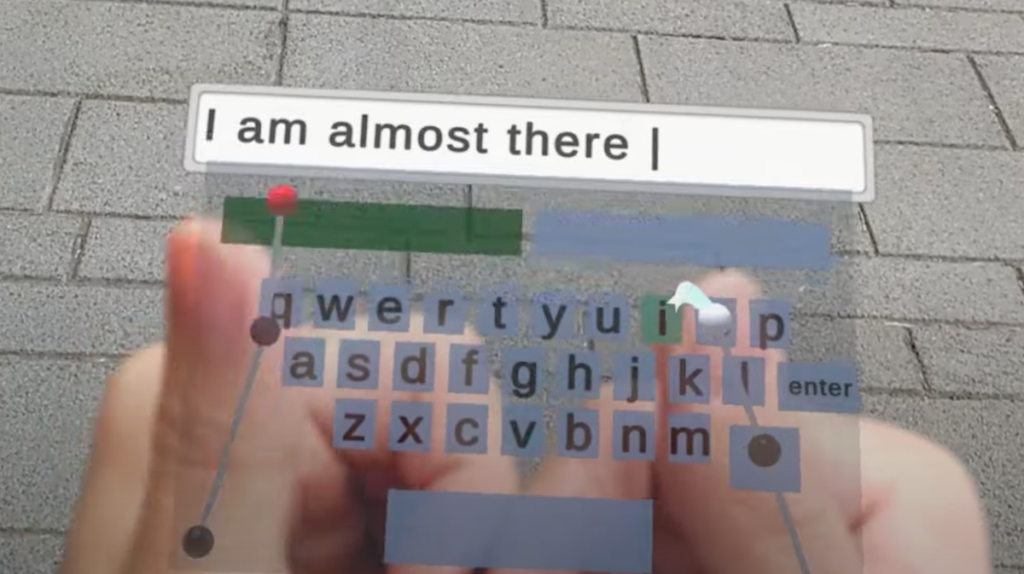Table of Contents

The rise of augmented reality (AR) and virtual reality (VR) technologies is transforming the way we interact with digital content. In this post, I’m excited to explore how these immersive technologies are reshaping text input methods.
The Challenge of Text Input in AR and VR
Traditional keyboards are ill-suited for AR and VR environments, where users are immersed in a three-dimensional space. According to IDC, global AR/VR spending is expected to reach $160 billion by 2023, highlighting the need for innovative input solutions.
Users require intuitive, non-intrusive methods to input text without breaking immersion—a challenge that has spurred significant innovation.
Gesture-Based Typing
Gesture recognition has emerged as a promising solution. By utilizing motion sensors and cameras, virtual keyboards can interpret hand and finger movements as text input. Companies like Leap Motion have developed technologies that track hand movements with high precision, enabling users to “type” in mid-air .
Fleksy’s Predictive Text SDK includes Swipe-like gesture support for AR virtual keyboards developers and HUD companies, reducing the learning curve and enhancing user engagement.
3D Virtual Keyboards
We are developing three-dimensional keyboards that exist within the virtual environment. Users can position these keyboards anywhere in their field of view, resize them, and interact as if they were physical objects.
Meta has experimented with integrating virtual keyboards into their VR systems, allowing users to input text without removing their headsets. As per AR, it has not yet been accomplished.
Voice Recognition Integration
Voice input complements gesture-based methods, offering a hands-free alternative. By integrating advanced speech-to-text capabilities, users can dictate messages or commands. For example, Wispr’s Speech-to-Text Technology provides accurate, real-time transcription, supporting multiple languages and is blazing fast.
Voice recognition is particularly useful in scenarios where gestures may be impractical or when users need to input text quickly.
Overcoming Technical Challenges
Developing effective input methods in AR and VR involves overcoming latency issues, ensuring input accuracy, and minimizing user fatigue. Our research focuses on optimizing algorithms to provide real-time responsiveness and implementing ergonomic designs that reduce strain during extended use.
The holy grail of text input in Augmented Reality is one where there’s a fast, precise and ergonomic virtual text input available while commuting, walking and more. At Fleksy, we’re currently advancing into new territories with a virtual keyboard capable of handling the vast amount of use cases while on the move.
Conclusion
As AR and VR technologies continue to evolve, so too will the ways we interact within these digital spaces. Virtual keyboards are at the forefront of this evolution, enabling seamless communication and interaction. We’re committed to driving innovation in this area, making virtual experiences more intuitive and accessible.